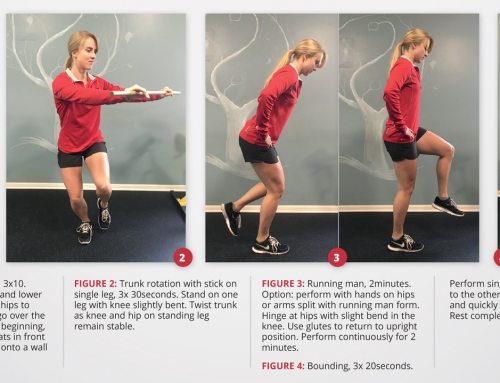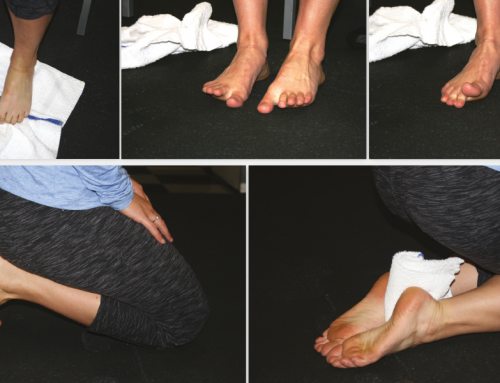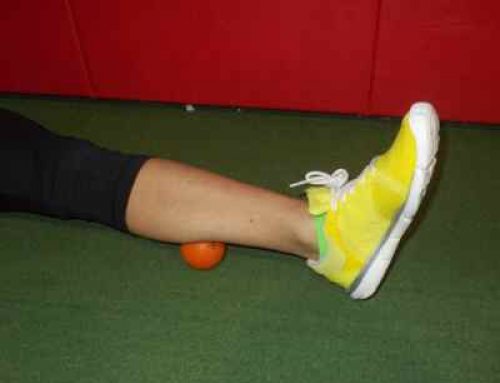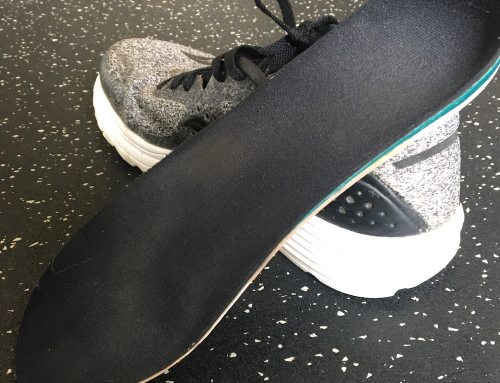By Brian Beatty
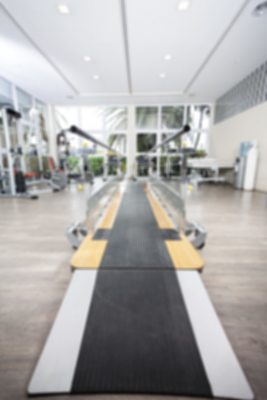 Rehab is not a race. Often, we race to push ourselves to the edge of what we can do. When the body is healthy in racing and training, it adapts to the stress and becomes stronger. However, in a rehab situation when the goal is to repair and rebuild injured tissues, pushing the limit may not be the best approach. Body repair and rebuilding occurs during rest. In rehab we use selective challenge to tissues to generate specific changes. If we push too much, we run the risk of not getting the changes we desire. If we do too little or nothing, then there is no stimulus for change. The challenge of rehab is finding this “just right / Goldilocks” amount of load, of knowing when to stop.
Rehab is not a race. Often, we race to push ourselves to the edge of what we can do. When the body is healthy in racing and training, it adapts to the stress and becomes stronger. However, in a rehab situation when the goal is to repair and rebuild injured tissues, pushing the limit may not be the best approach. Body repair and rebuilding occurs during rest. In rehab we use selective challenge to tissues to generate specific changes. If we push too much, we run the risk of not getting the changes we desire. If we do too little or nothing, then there is no stimulus for change. The challenge of rehab is finding this “just right / Goldilocks” amount of load, of knowing when to stop.
A useful approach can be the Stop Sign analogy. The goal when driving is to be stopped, just before you reach the stop sign. If pain in a movement is the stop sign, then the goal of an exercise in rehab would be to control movement so that you are always stopped before reaching the pain sign.
Your car will come to a stop if you drive into the back wall of the garage. But this is probably not the ideal option, not for your car or the repair of your body. On the road, there are clear Stop Sign Ahead signs. When moving our body this sign often obscured. You have to find qualities of the movement deteriorating that can serve as the Stop Ahead signs. These can be increased stiffness, imbalance, perceived weakness, lack of clarity of what is happening, or many other qualities associated with the movement. Focusing on quality, not quantity is needed for the desired result of the ‘Goldilocks’ load that will promote optimal healing.
If you are reaching the end of an exercise or workout, but not sure how much more to push, use the 80-20 confidence rule. Try stopping when you are still at least 80% confident that you could go a little further. When tissues are healthy, if you push to the limit, they will recover with minimal issue. If you push already damaged tissue not quite to the edge, you may leave a potential 10% gain from that day on the table. But if you error and go too far, you can easily set yourself back a week or two. When rehabbing injuries, the risk of overdoing rarely outweighs holding back just a bit. The view of the Grand Canyon floor is amazing from the edge, but it is only slightly less amazing 10 ft away from edge.
In taking care of our body, it is useful to cultivate the skill of being able to listen to the needs of the body and respond appropriately. In rehab we often we hear the phrase, “I have a high pain tolerance”. Usually this is stated as a positive attribute. But what is the purpose and functionality of physical pain? Pain exists as a sensation to call one’s attention to an area that is in need of change. If ‘high pain tolerance’ translates into ‘ignore what my body is trying to tell me to change’, then it is not necessarily a positive attribute. Develop an action plan to create the needed change. Carry out the plan with drive and discipline. Knowing when to stop is acritical part of the discipline.
Brian Beatty is a physical therapist with www.Balanced-Movement.com. Visit the website for more information and tools for training, rehabbing and staying healthy in endurance sports.



